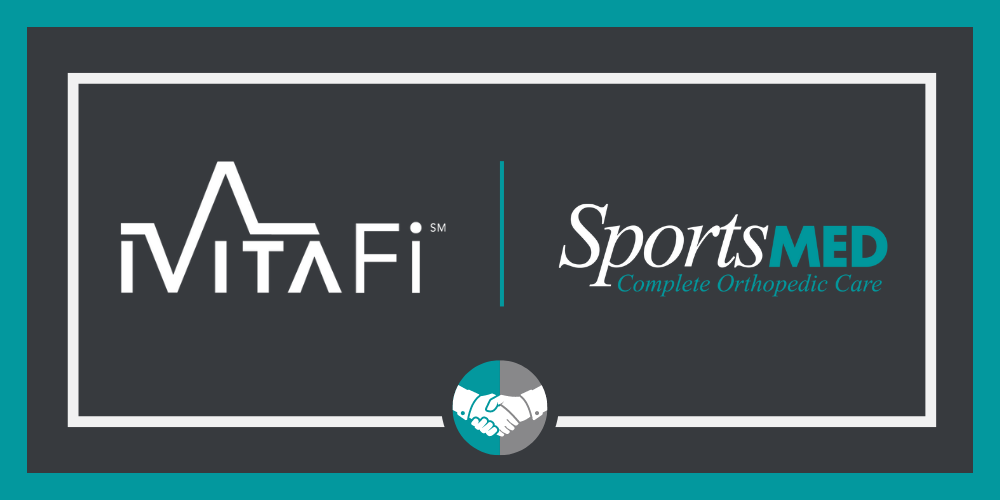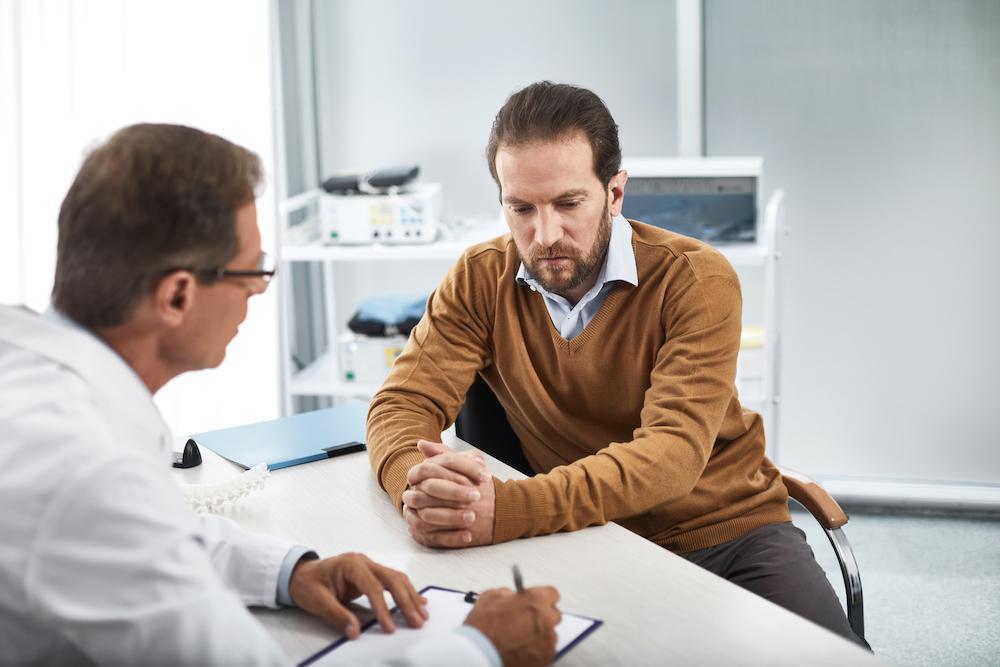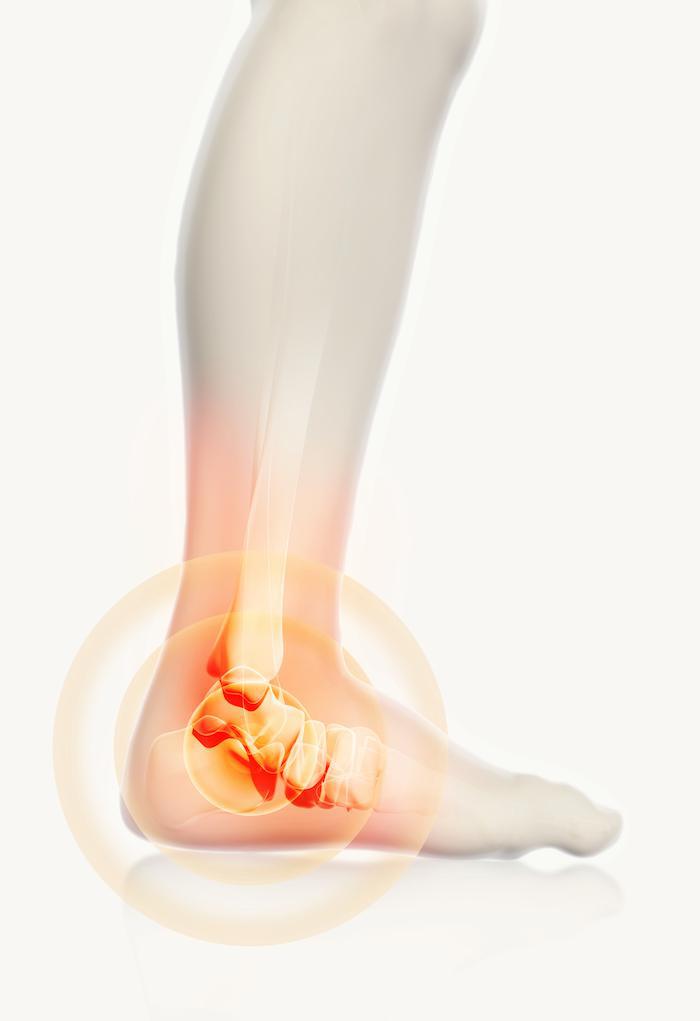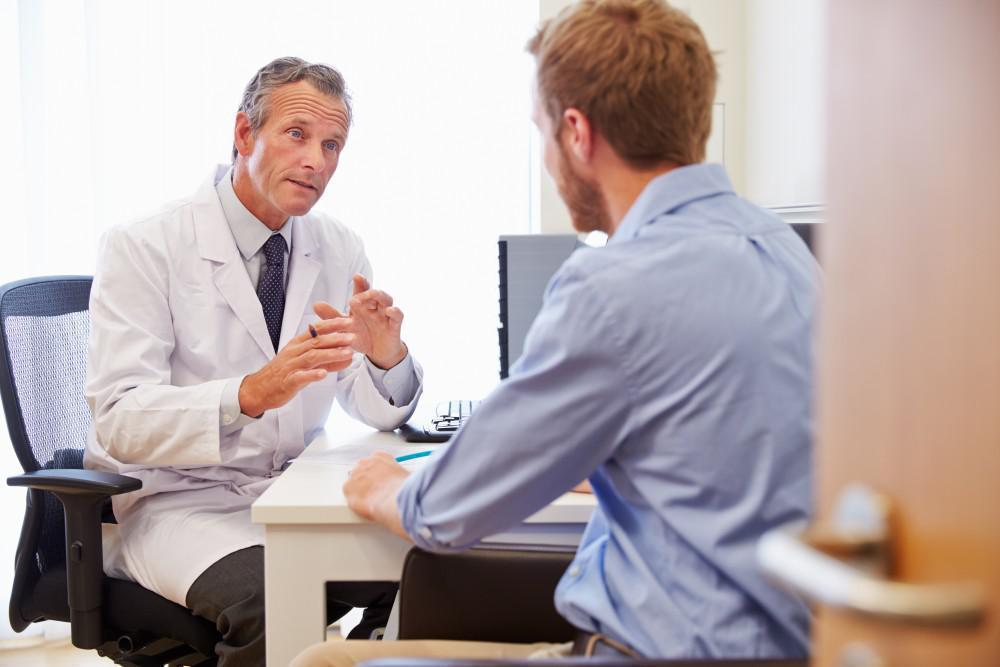Back pain is one of the most common afflictions in the United States. Almost 65 million Americans report experiencing some type of back pain and, of those, 16 million have chronic back pain that impairs their quality of life.
Back pain is usually passing, caused by common things like muscle strains, overwork, or “sleeping funny.” But there are times when back pain is a sign of a much more serious problem, like spinal stenosis.
The expert team at SportsMED Orthopedic Surgery & Spine Center, with four Alabama locations, is here to cover all of your musculoskeletal and neurological needs, including getting to the bottom of what’s causing your back pain.
What is spinal stenosis?
A degenerative disorder, spinal stenosis is characterized by a narrowing of your spinal canal — the space that protects your spinal cord — which results in pressure on your spinal nerves. Spinal stenosis happens slowly over time, so you may not be aware that it’s developing.
The most common cause of spinal stenosis is wear-and-tear damage in the spine as a result of age or osteoarthritis. It can also happen as a result of a spinal cord or muscle injury. Some people are born with spinal stenosis.
There are two types of spinal stenosis, cervical and lumbar. Cervical spinal stenosis impacts the section of your spine near your neck. Lumbar spinal stenosis is much more common, and it affects the lower part of your back and spine.
Is spinal stenosis causing your back pain?
Back pain is the most common indicator of spinal stenosis, but other symptoms come with the condition as well, including:
- Tingling, numbing, and weakness in your arms or legs
- Cramping in your thighs or calves
- Incontinence, or loss of bladder or bowel control
The pain that’s associated with spinal stenosis may also be distinct. Spinal stenosis back pain usually gets worse when you’re standing or walking, then dissipates when you sit down.
Treating your spinal stenosis
While back pain may be an indicator of spinal stenosis, the only way to know for sure that you have the condition is to get diagnosed.
When you come in for your appointment, we get your full medical history and lifestyle details. Then we discuss your treatment options. Conservative treatments include physical therapy, epidural injections, and anti-inflammatory medications or steroids, like prednisone.
If conservative methods fail to bring relief, we may recommend surgery. With lumbar decompression surgery, we widen your spinal canal to relieve the pressure on your nerves that’s causing your pain and other symptoms.
To learn more about spinal stenosis and how we can treat it, call one of our convenient locations in Huntsville, Madison, Athens, and Decatur, Alabama, or book your appointment online.







